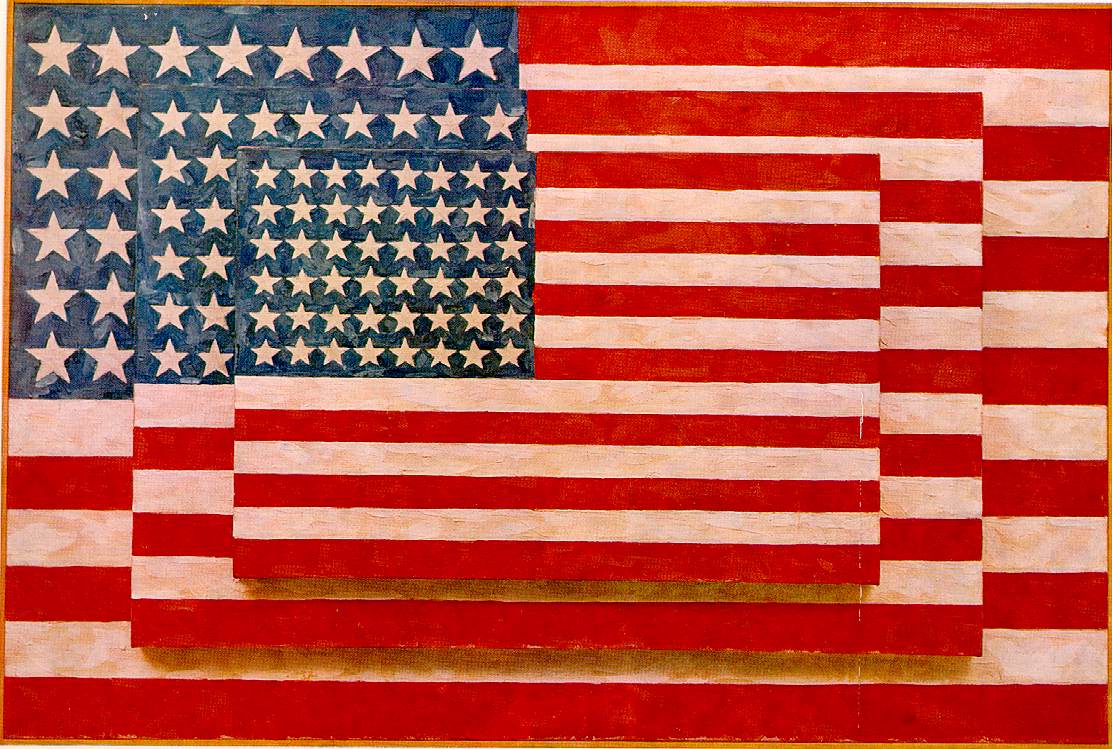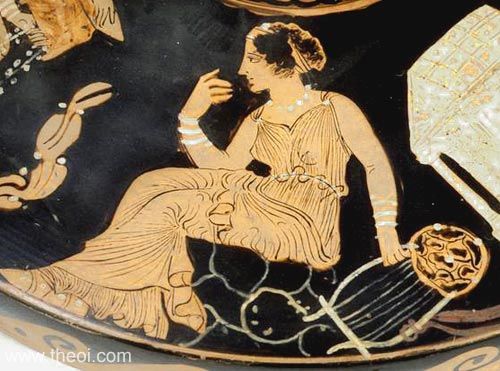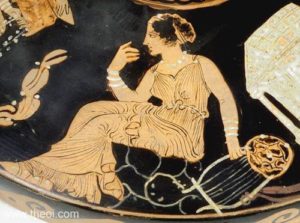

“I’ve died and been reborn so many times in this life. In the ’50s, I was a professor at Harvard and then I died from that and I became, with Timothy Leary, part of the ‘turn on, tune in, and drop out’ messianic whatever-it-was in the ’60s. This was a whole different incarnation. And then that ended. I went to India and I came back with beads, a long beard, and white robe, Baba Ram Dass, a spiritual teacher, more or less an Indian guru. But then I died from that. In the late ’70s and ’80s it was the Seva Foundation: hospitals in Nepal, India, and Guatemala, a work of service. And then the stroke happened. If I think back to my old life–my golf clubs in the closet, my cello in the living room–if I think that I’m the person who plays music on that cello, I would really suffer and be so sorry for myself. But I’m not him. He died. Now I’ve been born again into this disabled body. This is who I am now. You have to take the curriculum as it comes to you.”
~Ram Dass
Maharajji said to me, “Love everyone, serve everyone, and remember God.” …and I have been trying to do what he told me.


































